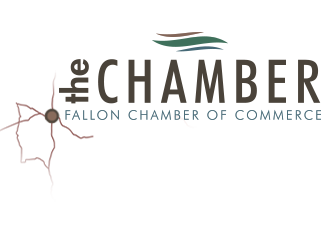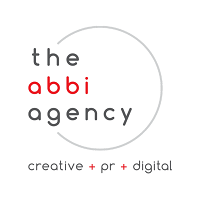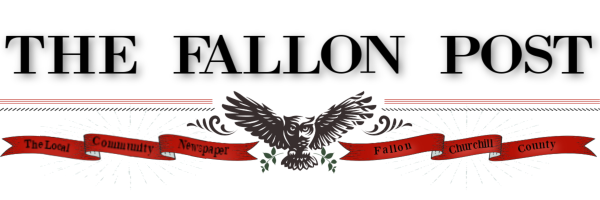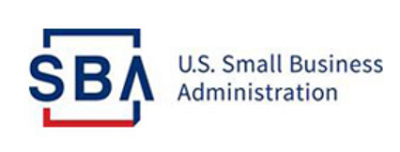SBA works to ignite change and spark action so small businesses can confidently start, grow, expand, or recover.
Created in 1953, the U.S. Small Business Administration (SBA) continues to help small business owners and entrepreneurs pursue the American dream. SBA is the only cabinet-level federal agency fully dedicated to small business and provides counseling, capital, and contracting expertise as the nation’s only go-to resource and voice for small businesses.
Funding Programs
See here to visit our funding programs;
https://www.sba.gov/funding-programs
Market research helps you find customers for your business. Competitive analysis helps you make your business unique. Combine them to find a competitive advantage for your small business.
Market research blends consumer behavior and economic trends to confirm and improve your business idea.
It’s crucial to understand your consumer base from the outset. Market research lets you reduce risks even while your business is still just a gleam in your eye.
Gather demographic information to better understand opportunities and limitations for gaining customers. This could include population data on age, wealth, family, interests, or anything else that’s relevant for your business.
Then answer these questions to get a good sense of your market.
- Demand: Is there a desire for your product or service?
- Market size: How many people would be interested in your offering?
- Economic indicators: What is the income range and employment rate?
- Location: Where do your customers live and where can your business reach?
- Market saturation: How many similar options are already available to consumers?
- Pricing: What do potential customers pay for these alternatives?
You’ll also want to keep up with the latest small business trends. It’s important to gain a sense of the specific market share that will impact your profits.
You can do market research using existing sources, or you can do the research yourself and go direct to consumers.
Existing sources can save you a lot of time and energy, but the information might not be as specific to your audience as you’d like. Use it to answer questions that are both general and quantifiable, like industry trends, demographics, and household incomes. Check online or start with our list of market research resources.
Asking consumers yourself can give you a nuanced understanding of your specific target audience. But, direct research can be time consuming and expensive. Use it to answer questions about your specific business or customers, like reactions to your logo, improvements you could make to buying experience, and where customers might go instead of your business.
Here are a few methods you can use to do direct research:
- Surveys
- Questionnaires
- Focus groups
- In-depth interviews
For guidance on deciding which methods are worthwhile for your small business, the Small Business Administration provides counseling services through our resource partner network.












